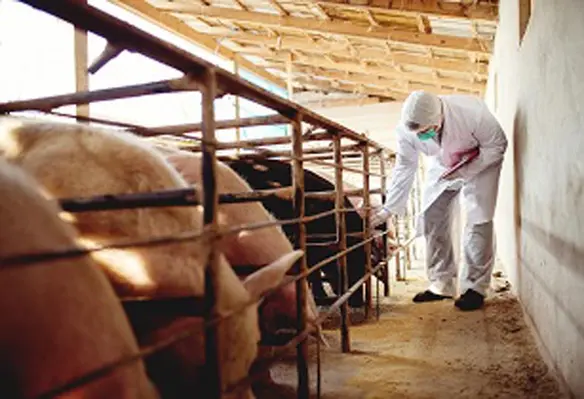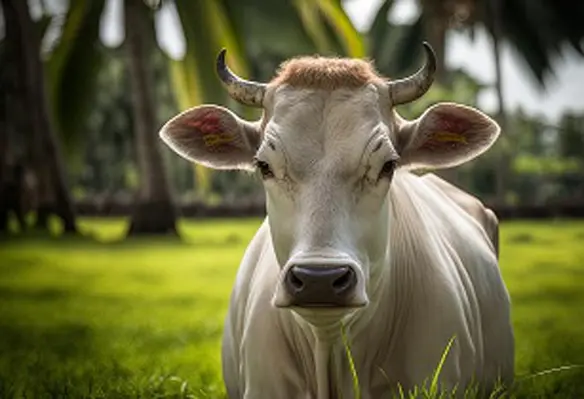
The departments Bureau of Animal Industry said 58 out of 149 blood samples from Carcar City in Cebu tested positive for the disease. (Image source: Adobe Stock)
The Philippines agriculture department has confirmed an outbreak of African swine fever in central Cebu province and has deployed response teams to detect the extent of infection







